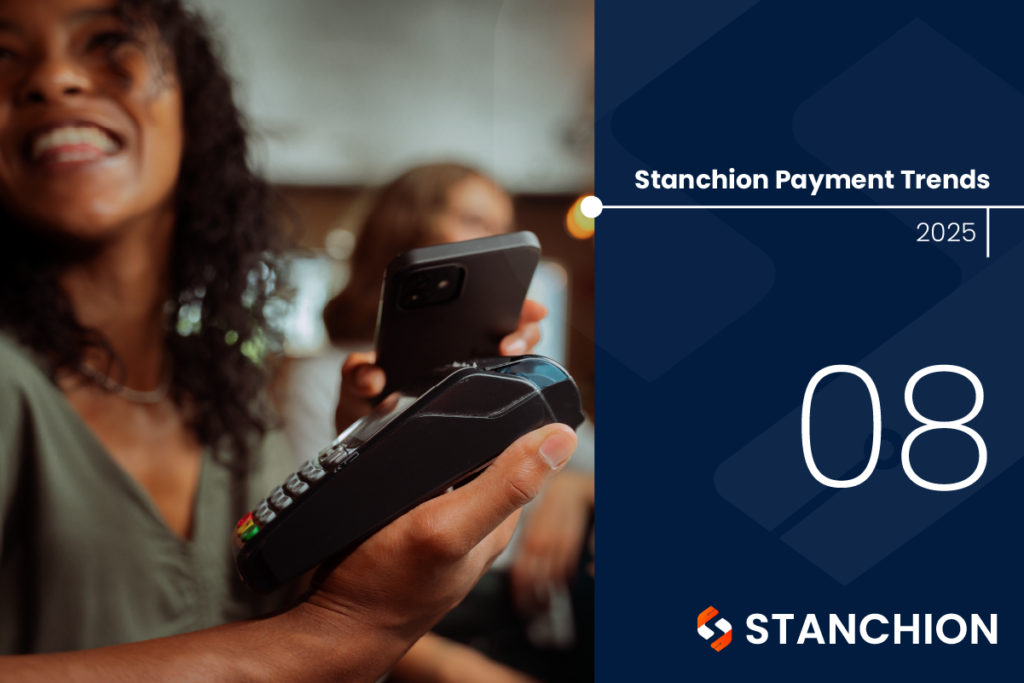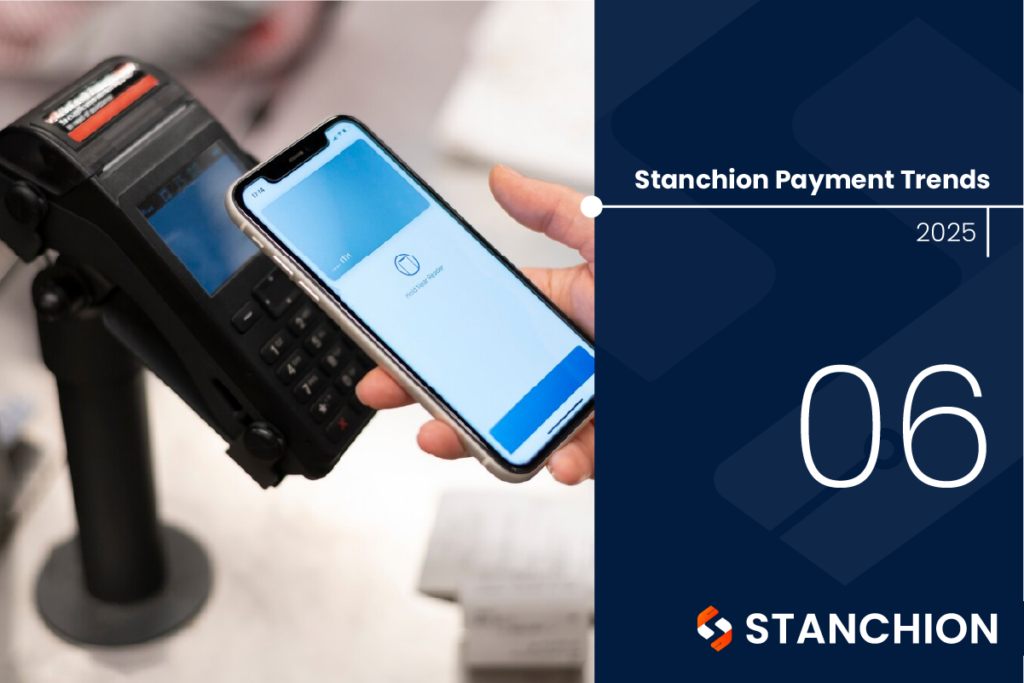
Title of Report: Global Payments Report 2024: How consumer choice is changing commerce.
Report Link: The Global Payments Report 2024 | Worldpay
Size of Report: 160 pages Published March 2024

We’re entering an era defined not by technology, but by people, where choice is the main driver of the payment landscape. Consumers and their collective choices are the new centre of payments gravity, pushing merchants to optimize payment choices.
Today’s choice era is one of limitless possibilities for consumers, merchants and the payments industry that connects them. The era where people drive payments sees disruption as the engine of opportunity.
This new era is one where the payment industry is reinventing itself, looking to a future where they must satisfy a tapestry of need crafted by distinctly local intersection of choices.
Up to page 46 the Worldpay report looks at key trends, then beyond that takes a regional look with a deep dive into specific markets. The Exec Summary highlights eight trends being:
- Digital Wallets are the people’s payments choice already (pages 10 – 16) and will continue to grow fastest.
o At POS, APAC remains an outlier with wallets representing 50% of spend, highest of any region. Digital wallets to be the leading POS payment method in LATAM and MEA by 2027, markets without a card dominance legacy.
o QR codes see significant use in countries outside of North America and Europe, particularly in Southeast Asia where payment system interoperability is fuelling wallet adoption.
o Juniper Research forecast QR code payments to grow over 590% in Southeast Asia Market by 2028.
o QR code payments have become ubiquitous across Southeast Asia due to their simplicity, standardization, inexpensive operation for merchants and support for underlying infrastructure from central banks e.g. Cooperation among Southeast Asian central banks via the Association of Southeast Asian Nations (ASEAN) is helping to promote cross border interoperability. - Cards still show strength inside and outside digital wallets (pages 17 – 19)
- A2A remains challenged in card heavy markets (pages 20 – 23)
o In 2023, A2A was the leading e-commerce payment method in Finland, Malaysia, The Netherlands, Nigeria, Norway, Poland, Sweden and Thailand.
o A2A schemes are succeeding in emerging markets where they receive strong government support but A2A payment schemes will need to solve the trust and reward puzzles to meaningfully influence consumer behaviour in card-dominated markets. - Consumer demand for BNPL is steady against headwinds (pages 24 – 25) and the winners are increasingly those for whom BNPL is not the primary business model.
- Global e-com growth outpaces POS by > 2 -1 with 9% CAGR Vs 4% for POS to 2027 (pages 26 – 27)
- Cash remains relevant amid economic uncertainty (pages 28 – 29).
o In 2023, cash was the leading payment method at POS transaction in 12 of the 40 markets covered in the deep dive: Argentina, Colombia, Japan, Malaysia, Mexico, Nigeria, the Philippines, Peru, Poland, Spain, Thailand and Vietnam.
o By 2027, Worldpay project cash will remain the leading payment method in just 5 markets: Colombia, Mexico, Nigeria, Peru and Spain.
o Whilst In 2023, cash accounted for less than 10% of POS transaction value in one-in-four markets covered: Australia, Canada, China, Denmark, Finland, Hong Kong, Netherlands, New Zealand, Norway and Sweden.
o By 2027, 5 additional countries will fit in this category: France, Singapore, South Korea, the UK and the USA. - Prepaid cards to surpass US$1 trillion in 2024 helping increase financial inclusion (pages 30 – 31).
- Increasing financial inclusion signals sunset of post-pay (mainly LatAm and Japan) (pages 32 – 33).
At a region level, 40 markets get a deeper summary of what is happening:
APAC section (pages 46 – 79) covers a deeper dive in 14 markets: Australia, China, Hong Kong, India, Indonesia, Japan, Malaysia, New Zealand, The Philippines, Singapore, South Korea, Taiwan, Thailand and Vietnam.
Europe section (pages 80 – 113) covers a deeper dive in 14 markets: Belgium, Denmark, Finland, France, Germany, Ireland, Italy, Netherlands, Norway, Poland, Spain, Sweden, Turkey and the U.K.
LatAm section (pages 114 – 131) covers a deeper dive in 6 markets: Argentina, Brazil, Chile, Colombia, Mexico and Peru.
Middle East & Africa section (pages 132 – 145) covers a deeper dive in 4 markets: Nigeria, Saudi Arabia, South Africa and UAE.
North America section (pages 146 – 153) covers a deeper dive in 2 markets: Canada and the U.S.
If you enjoyed the content and approach we have taken, here are 4 suggestions of how to engage for more:
- Follow our Stanchion LinkedIn Page and join our engaged community.
- Request a call with our author and Chief Growth Officer, Norman Frankel
- View our On-demand Webinar series on Payment Fabric and the research IDC did here, additionally we can send you two reports that summarise the output of the research IDC did covering 150 banks.
- Drop us an email at engage@stanchionpayments.com with your thoughts, we would love to hear from you.
We wish you a successful 2025 delivering on your business priorities, remaining customer relevant, agile in your project change and avoid fraud from the rapidly growth in financial crime as instant real-time payments, QR code-initiated payment adoption and use of ever advancing AI tools continue to accelerate.


 Verto
Verto Switchcare
Switchcare Professional Services
Professional Services

